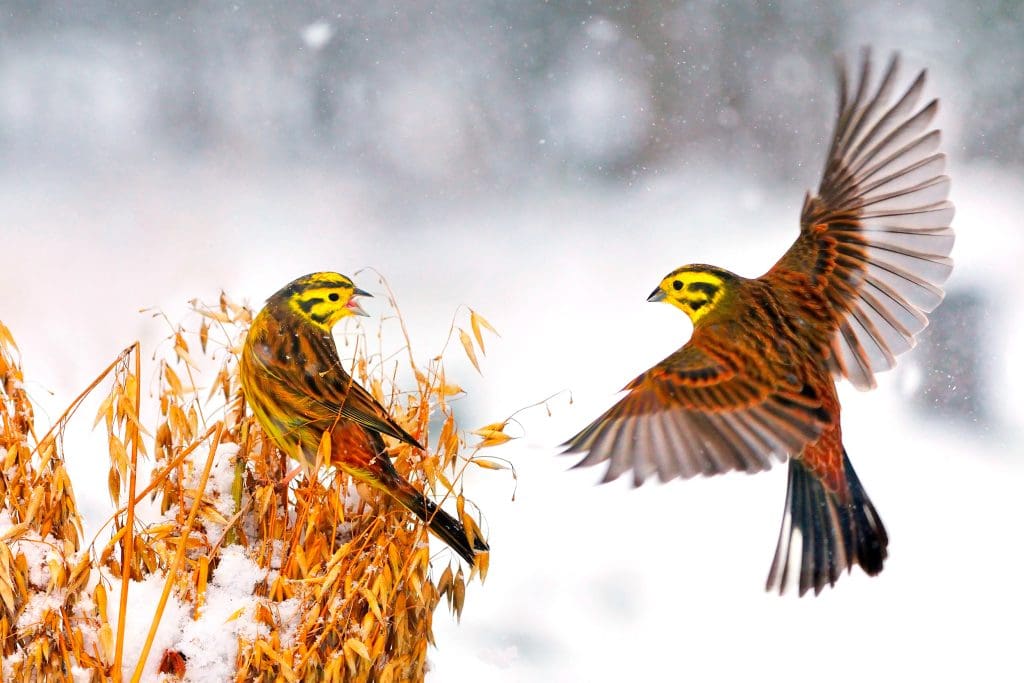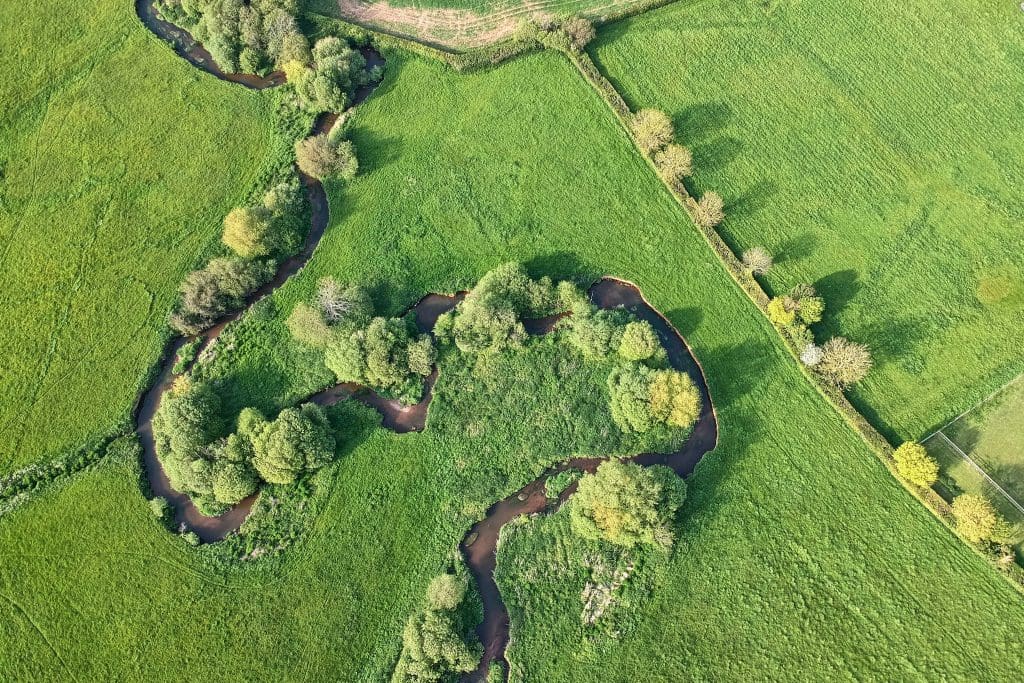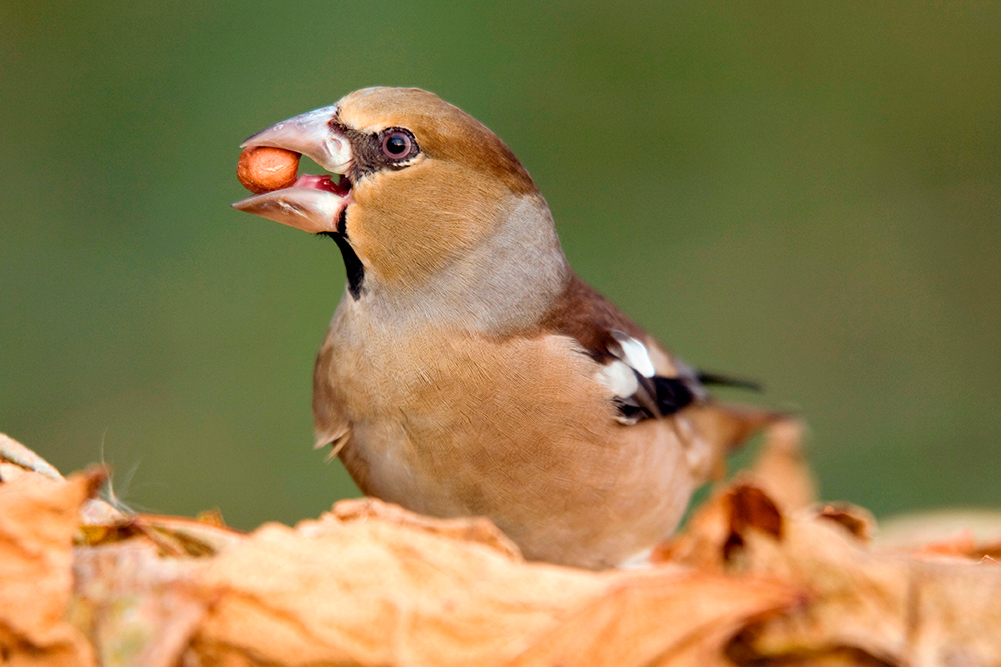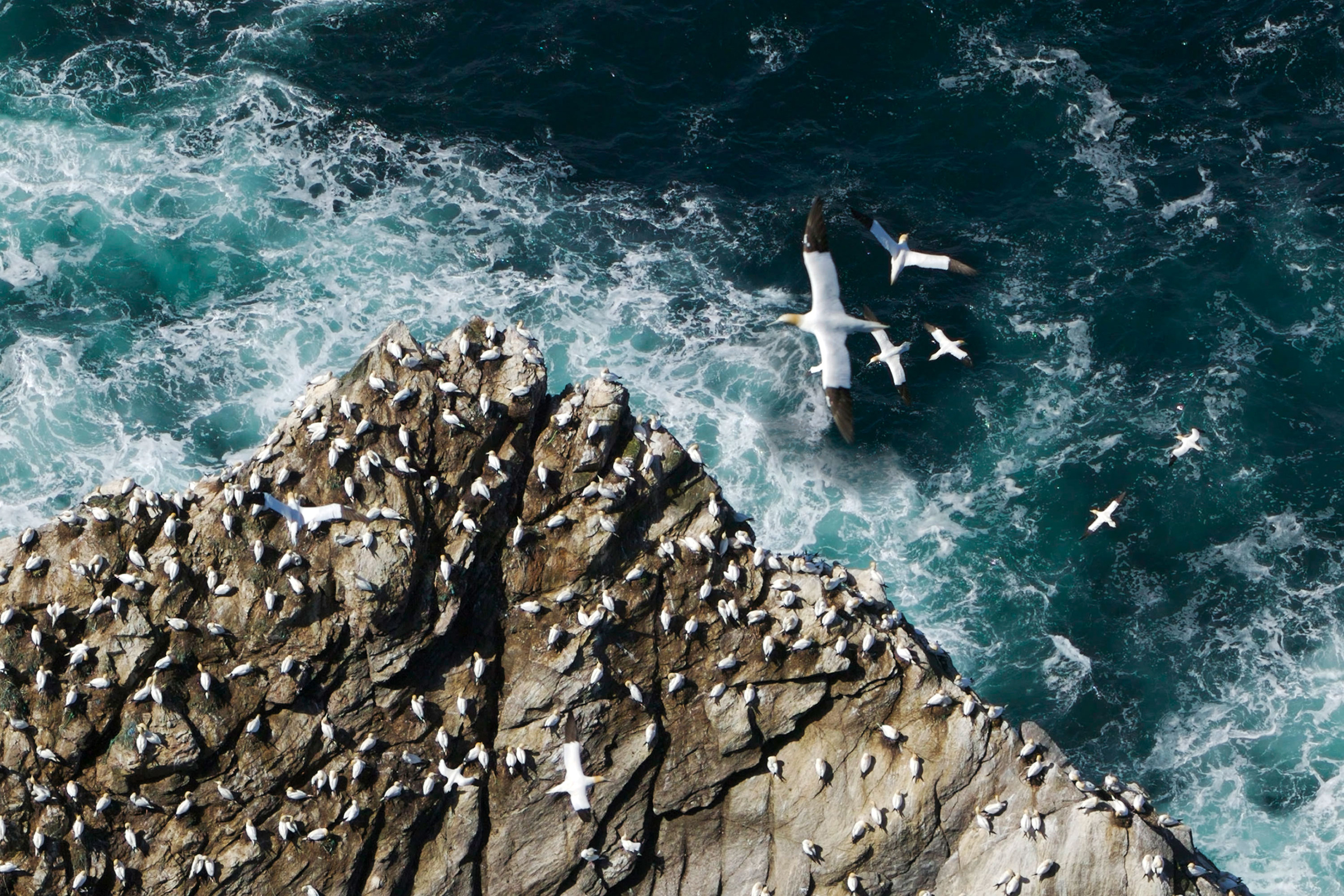Headline figures from the report and what The RSPB is doing about it with your help
The latest UK State of Nature report, produced by more than 50 nature conservation organisations, reveals worrying decreases in abundance and distribution for many species – but also highlights ways we can tackle the many threats nature faces from human activity.
State of Nature 2023, the first for four years, highlights the shocking declines in abundance and distribution of wildlife across the UK. For example, since 1986, seabird abundance here has fallen by nearly a quarter. In Scotland, the abundance of 11 seabird species has plummeted by nearly half. Alarming though these numbers are, the situation is likely to be even worse now, with the arrival of avian influenza and this year’s suspected marine heatwave.
Another worrying statistic from the State of Nature report concerns the loss of plants. Since 1970, distributions of 54% of flowering plants and 59% of bryophytes (mosses and liverworts) have decreased across Great Britain. This will, in turn, impact animals such as invertebrates that rely on plants, and the other wildlife, including pollinators, that feed on these. The impacts will reverberate up the food chain, hitting our food production.
The loss of nature’s own mechanisms for coping with change is further tipping the balance. The report leads with the degradation of our peatlands. Rather than soaking up huge amounts of water and carbon as they once did, these severely damaged habitats in fact now contribute 5% of the UK’s greenhouse gas emissions.
Though the results presented date back, at most, 50 years, we know these major changes were already under way in previous centuries. As a result, the UK is now one of the most nature-depleted countries on Earth. This is the result of many factors, including changing management of land for agriculture, unsustainable fishing, poorly planned development and the ongoing effects of climate change. And, despite progress made in restoring ecosystems, saving species and moving towards nature-friendly land and sea use, the UK’s nature and wider environment continues to decline and degrade.
In many cases we know which conservation tools are effective, but it will take all of us working together to halt and reverse the decline in nature. As well as targeted conservation work to improve species status, we need to increase nature-friendly methods of farming, forestry and agriculture.
We also need to strengthen ecosystem restoration and expand and manage protected areas. These areas cover just 11% of UK land and most are not currently in a favourable condition for nature. Of course, these efforts must be balanced with ensuring people’s needs for food, energy and access to nature are met. But unless we act now, all nature, including us, will feel the effects.
Our work to address the nature crisis is possible only with your support, and particularly the enthusiastic and committed efforts of tireless volunteers. Thank you! Read our campaigning feature for more ways to proactively help, and speak up for, nature.
Proportion of flowering plant species whose distributions across Great Britain have declined since 1970.
Average drop in the abundance of 753 terrestrial and freshwater species across the UK since 1970.
Drop in the abundance of 13 UK seabird species since 1986; that figure is a worrying 49% for 11 seabird species in Scotland.
Proportion of 10,008 species assessed that are threatened with extinction from Great Britain (12% in Northern Ireland).
13% decrease in UK distributions of 4,979 invertebrate species on average since 1970.
18% decrease in UK distributions of pollinator species.
34% decrease in UK distributions of pest control species.
11% of 6,557 species assessed across UK Overseas Territories and Crown Dependencies are threatened with global extinction.
What are we doing about it?
- A fifth of UK farmland is in agri-environment schemes, but only part of this could be considered as nature-friendly farming; 47% of woodland is certified as sustainably managed and half of our fish stocks are sustainably harvested. But we need to do more at a much wider scale.
- 11% of UK land is in a protected area, and not all areas are well-managed for nature. Our target is 30% of land and sea under effectively managed protected areas or other areas well-managed for nature by 2030.
- Only 14% of priority habitats, 7% of woodland and 25% of peatlands are assessed to be in good condition. We need to restore and protect carbon-rich habitats.
- We need nature-based solutions to climate change that achieve net-zero in the land sector while meeting people’s needs for food, energy and access to nature.
Read the full State of Nature report 2023 here.
Listen to this feature here:
You might also like

Feeding the future

Comment: Working together for nature



